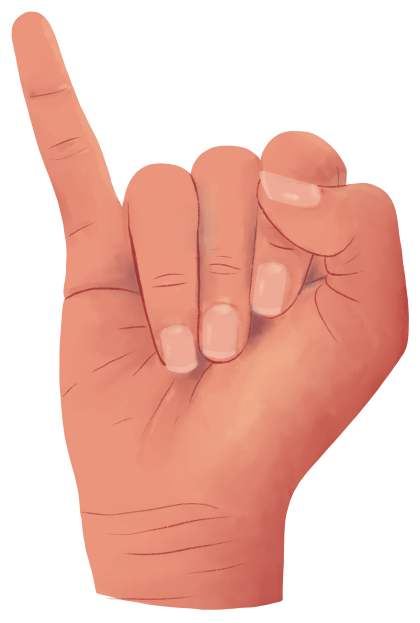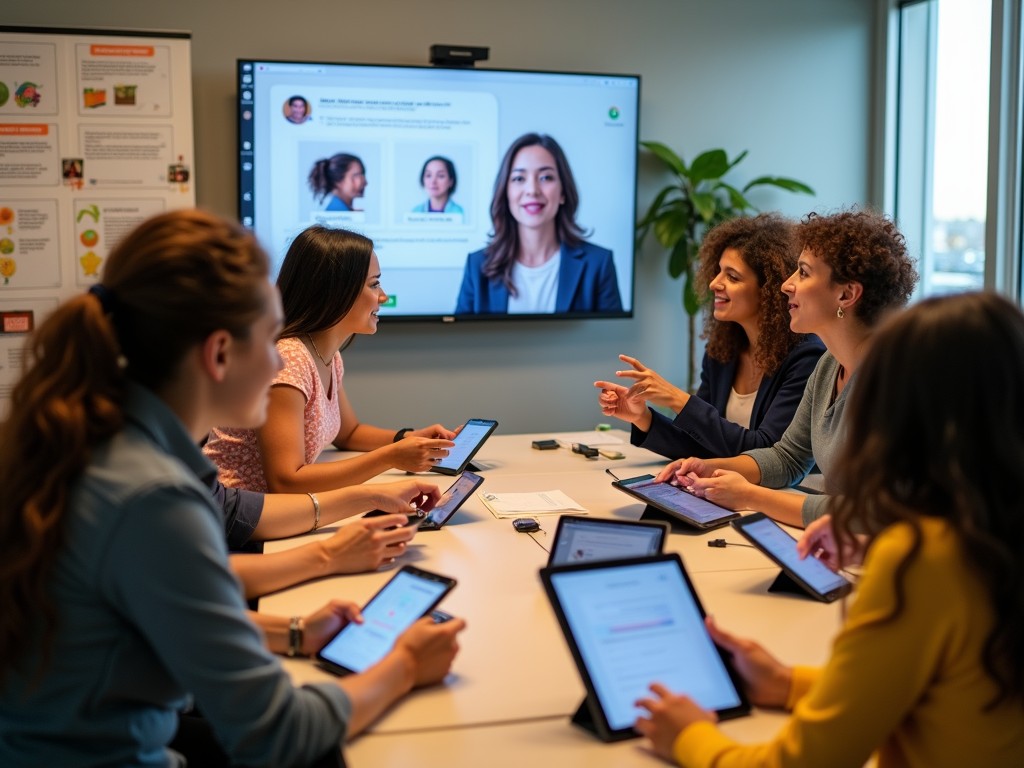
Digital Literacy for the Deaf: Bridging the Gap in the Digital Age
- Posted by Cicada Sign
- Categories Blog
- Date December 24, 2024
- Comments 0 comment
In today’s digital era, proficiency with technology is essential for accessing information, education, and employment opportunities. For Deaf and hard-of-hearing individuals, digital literacy is a crucial skill that enables full participation in society. However, unique challenges persist, including accessibility barriers and a lack of tailored resources. This post explores the significance of digital literacy for the Deaf community, identifies obstacles, and highlights innovative tools designed to bridge the gap.
The Importance of Digital Literacy for the Deaf
Digital literacy empowers Deaf individuals to:
Access Information: Navigate online resources, educational materials, and news independently.
Enhance Communication: Utilize digital platforms to connect with others, both within and outside the Deaf community.
Advance Employment Opportunities: Meet the technological demands of modern workplaces, opening doors to diverse career paths.
Challenges Faced by the Deaf Community in the Digital Realm
Despite the benefits, several challenges hinder digital literacy among Deaf individuals:
Inaccessible Content: Many digital platforms lack features like captions or sign language support, making them difficult to use.
Limited Representation: A scarcity of Deaf-friendly educational resources can impede learning and engagement.
Technological Barriers: Some assistive technologies are expensive or not widely available, limiting access.
Innovative Tools Enhancing Digital Literacy
To address these challenges, various tools and resources have been developed:
Rogervoice
An app that provides live transcription during phone calls in over 100 languages, enabling Deaf individuals to engage in voice conversations by reading real-time text.TapSOS
A visual communication app designed for emergencies, allowing users to contact emergency services without speaking or listening. It stores personal and medical information and uses GPS to provide precise location data.Braci Sound Alert
An app that detects and identifies sounds in the environment, such as doorbells or alarms, and sends visual and vibrating alerts to the user’s smartphone, enhancing awareness of auditory events.Marco Polo
A video messaging app that allows users to send video messages to friends and family. While not specifically designed for Deaf users, its visual nature makes it a popular choice for those who prefer visual communication.
Google PlayDeaf Communication & Mute
An Android app that facilitates communication by converting speech to text and text to speech, assisting Deaf and hard-of-hearing individuals in conversations.
Advocating for Inclusive Digital Environments
Creating an inclusive digital landscape requires:
Accessible Design: Incorporating features like captions, sign language options, and visual alerts into digital platforms.
Policy Implementation: Enforcing regulations that mandate digital accessibility to ensure equal access for all users.
Community Engagement: Involving Deaf individuals in the development of digital tools to ensure they meet the community’s needs.
Cicada Sign’s Commitment
At Cicada Sign, we are dedicated to promoting digital literacy within the Deaf community. By providing resources, advocating for accessible technology, and fostering inclusive digital spaces, we strive to empower Deaf individuals to navigate the digital world confidently.
Digital literacy is a vital component of independence and empowerment for Deaf individuals. By recognizing challenges and leveraging innovative tools, we can create a more inclusive digital environment that benefits everyone.





